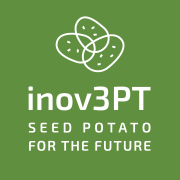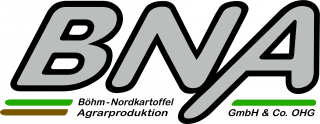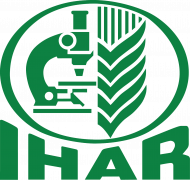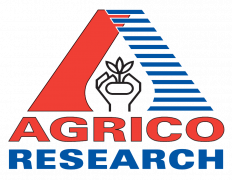Abstract
Potato production requires intensive nitrogen (N) fertilization. To maintain yield and profitability, potato farmers must satisfy the need of the crops for N by applying fertilizer during the growing season. Petiole nitrate analysis and whole leaf total N test have been studied before to guide in-season N application, and both have strengths and weaknesses. Whole vine total N test has been discussed by the US potato industry as another diagnostic tool to understand the overall N uptake of the plant, but little data are available. A 2-year field study was conducted at the University of Wisconsin Hancock Agricultural Research Station in 2018 and 2019 with the objective to compare three diagnostic tools, petiole nitrate analysis, whole leaf total N test and whole vine total N test, for identifying the nutrient status of two chipping potato cultivars subjected to five different N rates. It was found that petiole nitrate analysis is still the most responsive method to reflect supplemental N application during the growing season and is the most relevant to final tuber yield. Whole leaf total N test is less responsive, but it can reflect plant N uptake up to the date of testing. Comparatively, whole vine total N test is not acceptable because of the excessive amount of time needed to collect and process the samples, and the concern over whether or not the sample tested in the last step of analysis is representative. Future diagnostic tools using cutting-edge remote sensing and machine learning technologies that can detect spatial variability should be developed to further enhance the effectiveness of in-season N monitoring, which is critical for sustainable potato production.













